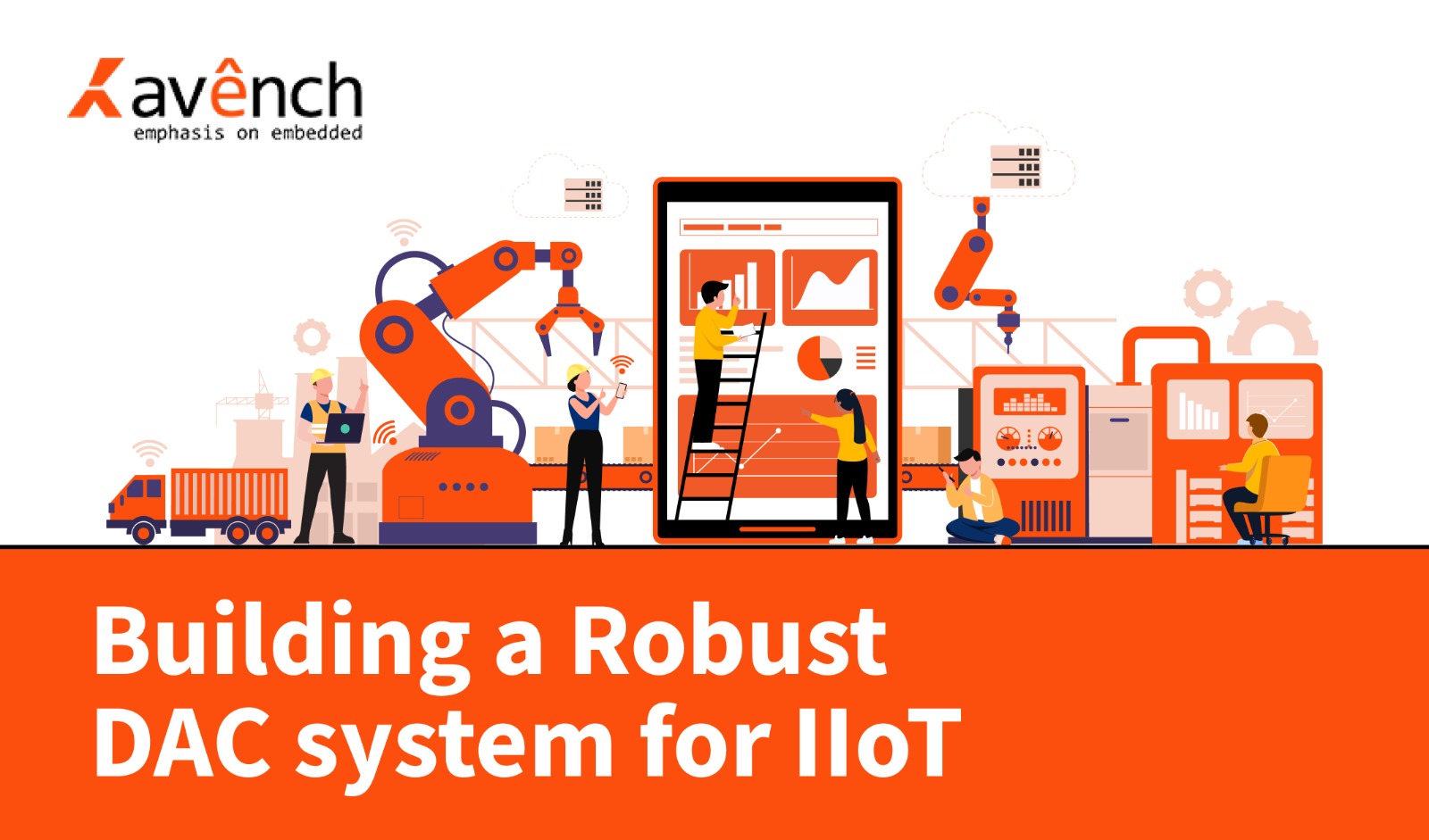In today’s rapidly evolving industrial landscape, the Industrial Internet of Things (IIoT) is spearheading a
remarkable transformation. One of the key elements in this revolution is the development of a robust
Data Acquisition and Control (DAC) system. This essential system plays a pivotal role in ensuring
accurate data acquisition, seamless real-time monitoring, and effective control in industrial
environments. In this blog post, let’s explore the key considerations and components involved in
designing a robust DAC system for IIoT applications.
At the outset, gaining a clear understanding of the system requirements for your DAC system is
paramount. These requirements encompass the specific objectives and goals you aim to achieve. Take
into account various factors including the nature of the data to be acquired, desired sampling rate,
connectivity needs, scalability potential, and how well the system will integrate with other industrial
systems. By outlining a comprehensive set of requirements, you can effectively guide the design process
and make informed decisions regarding component selection.
One of the critical steps in designing a robust DAC system is the careful selection of sensors. The choice
of sensors plays a pivotal role in ensuring accurate data acquisition. When selecting sensors, several
factors need to be considered. Firstly, sensor accuracy and precision are crucial to obtain reliable and
high-quality data. It is essential to choose sensors that can provide precise measurements within the
required range. Secondly, environmental suitability is important, as industrial environments can be
harsh and demanding. Sensors should be capable of withstanding extreme temperatures, humidity,
vibrations, and other environmental factors present in the industrial setting. Lastly, compatibility with
IIoT protocols is essential for seamless integration with the overall system architecture. It is
recommended to opt for sensors that are specifically designed for industrial applications, known for
their reliability, durability, and ability to meet the demands of IIoT environments.
Signal conditioning techniques are essential for improving the quality of captured signals. These
techniques, such as amplification, filtering, and isolation, play a crucial role in ensuring the acquisition of
accurate and reliable data, especially in noisy industrial environments. By implementing signal
conditioning, the captured signals are optimized, leading to enhanced accuracy and reliability of the
data. Signal conditioning is important because it significantly improves the overall performance and
reliability of the DAC system in industrial settings.
When designing your DAC system, it is crucial to carefully select data acquisition hardware that aligns
with your system requirements. This hardware, known as data acquisition hardware, helps convert and
process the signals you want to capture. It’s like a translator that converts the real-world signals into a
language that computers can understand. Make sure to select hardware that can handle this translation
process and also has the ability to control other devices if needed.
Integrating the data acquisition hardware with your IIoT network infrastructure is another critical step. Consider appropriate wired or wireless connectivity options such as Ethernet, Wi-Fi, Bluetooth, or
cellular networks based on your specific needs. To safeguard data transmission and maintain secure
connectivity, implement robust security measures like encryption and authentication. By carefully
choosing the right data acquisition hardware and ensuring dependable connectivity, you can create a
strong base for your DAC system. This foundation allows for efficient data collection, real-time monitoring, and control in industrial settings. It also guarantees data security and smooth integration
with the IIoT network.
Create a dependable system for storing and analyzing the data you gather. Choose between storing and
analyzing the data in the cloud or on your own premises, based on what works best for you. Utilize tools
for data management and analytics to extract valuable insights, discover patterns, and improve
industrial processes using the data you collect.
To make your DAC system more reliable, include backup hardware, power supplies, and failover
mechanisms. These measures help ensure uninterrupted operation and reduce downtime in case of
system failures or network problems. Additionally, implementing comprehensive monitoring tools,
predictive maintenance techniques, and analytics enables proactive issue detection, performance
optimization, and scheduled preventive maintenance. Regular monitoring and maintenance practices
minimize unexpected downtime and improve the overall efficiency of your DAC system in industrial
environments.
To build a dependable DAC system for IIoT, it is crucial to thoroughly analyze requirements, carefully
choose sensors, implement signal conditioning, select appropriate data acquisition hardware, establish
reliable connectivity, incorporate edge computing capabilities, design effective data storage and analysis
mechanisms, ensure redundancy, establish comprehensive monitoring, and adhere to compliance
standards. By diligently considering these factors and integrating suitable components, you can create a
robust DAC system that optimizes industrial processes, enables real-time control, and enhances
efficiency in the era of IIoT.

